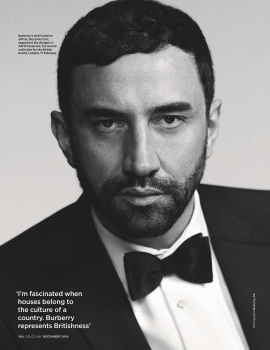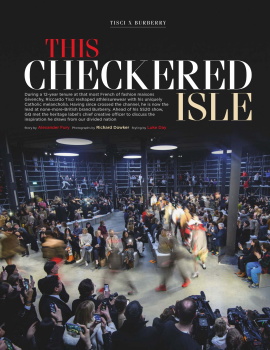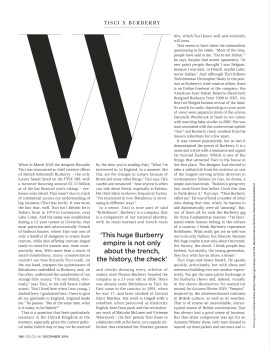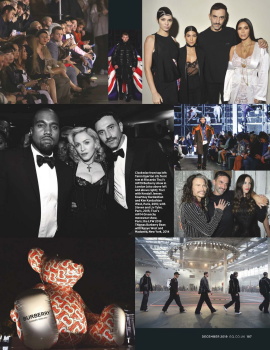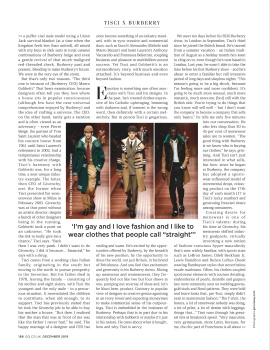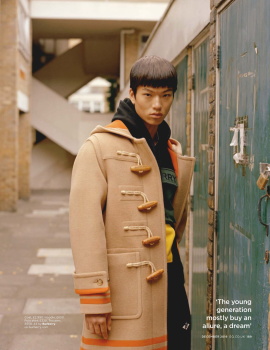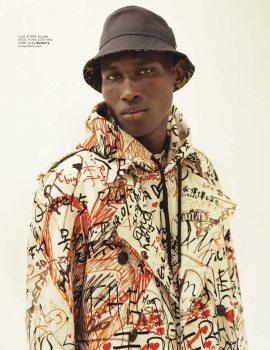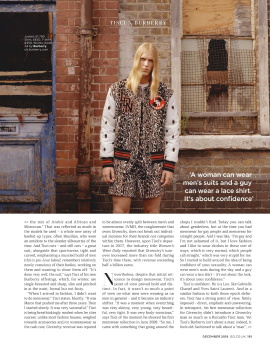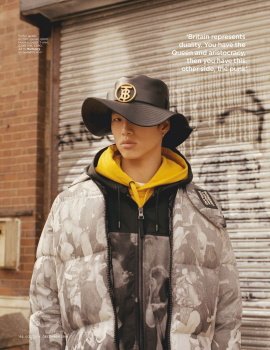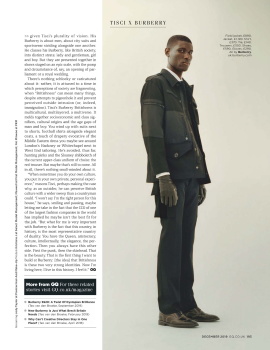Burberry Q1 Sales Sink 48.4% in Q1 With Stores Shut and No Tourists
The company plans to slash costs at offices, stores outside the U.K., and said second half performance will depend on government actions, and whether people can travel.
By
Samantha Conti on July 15, 2020
LONDON — Stung by store closures and dwindling international tourism, retail revenue at
Burberry fell 48.4 percent to 257 million pounds in the first quarter ended June 27, while the current quarter will continue to be “materially impacted” by the coronavirus pandemic,
Burberry said in a trading update Wednesday.
Comparable store sales were down 45 percent in the three-month period. Burberry shares were down 4.4 percent at 14.88 pounds in morning trading on Wednesday.
As a result of the COVID-19 pandemic, Burberry also plans to cut costs at its stores and offices outside the U.K., with the aim of saving 35 million pounds. This effort to streamline operations
follows an announcement earlier this month that Burberry was reorganizing and consolidating its product and merchandising teams, and asking employees to collaborate more closely within the accessories, rtw and footwear divisions.
As part of those cost-cutting measures, Burberry confirmed on Wednesday that plans are under way to reduce the global workforce by 5 percent, with 500 roles set to be lost. Those cuts include 150 office-based roles in the U.K., and a mix of office and retail jobs internationally. During a call on Wednesday morning, Julie Brown, Burberry’s chief operating officer and chief financial officer, stressed that in the U.K. no retail or manufacturing roles would be cut.
Burberry chief executive officer
Marco Gobbetti said first-quarter sales had been “severely impacted by the drop in luxury demand from COVID-19, and we expect it will take time to return to pre-crisis levels with the resumption of overseas travel.”
He said the company was “encouraged by the improving trends in all regions” and had seen an “excellent response to new product launches in recovering economies as well as online. Demand for leather goods was particularly strong in mainland China and [South] Korea, bringing new, younger luxury customers to the brand.”
With regard to the internal reorganization, he said Burberry was sharpening its focus on product and making other changes to increase agility “and generate structural savings that we will be able to reinvest into consumer-facing activities to further strengthen our luxury positioning.”
In May, after announcing the year-end results, Burberry said it was not in a position to provide specific guidance for fiscal 2020-21. At the time, half of Burberry’s store network was still closed and the company said it expected its first quarter to be “severely impacted” with store closures likely to be at or near peak for most of the three months.
Although the second quarter has already shown some improvement, with June sales down 20 percent, Burberry said Wednesday the July-to-September period will still be materially impacted by the pandemic. “Tourist flows are likely to remain negligible, and store operations are continuing to face significant headwinds, with some remaining closed and operating with reduced trading hours,” the company said.
Burberry added that based on the June figures, when sales fell 20 percent, it expects second-quarter retail sales to decline by 15 to 20 percent. In wholesale, the company said it has been collaborating with its partners to “protect the brand,” and as a result anticipates first-half sales to decline around 40 to 50 percent.
It expects gross margin in the first half to decline by around 200 to 300 basis points year-on-year, and operating expenses to fall by a mid-teens percentage compared to last year.
“The second half, and the course of the pandemic from here, will largely depend on the actions governments pursue to control the spread of the virus as economies restart, including their responses to second viral waves, as well as the phasing of store reopenings, an easing of travel restrictions and the on-going consumer response,” the company said.
Burberry added that it remains “crucially important to invest in the Burberry brand,” and that it will continue to embed flexibility in its strategies to allow for investment into consumer-facing activities in a bid to drive growth.
The company said it is currently in consultations with staff about streamlining operations, and said cost cutting across offices and stores internationally will deliver savings of around 35 million pounds. Annualized savings will be around 55 million pounds, with an associated one-off restructuring charge of 45 million pounds.
Burberry said the savings were incremental to its previously announced 140 million pounds cumulative cost-saving program. It added that conditional on the macroeconomic recovery from COVID-19 and luxury industry growth, “we will be able to reinvest these savings into consumer-facing activities. These include pop-up stores, visual merchandising, digital activations, events as well as marketing.”
WWD

